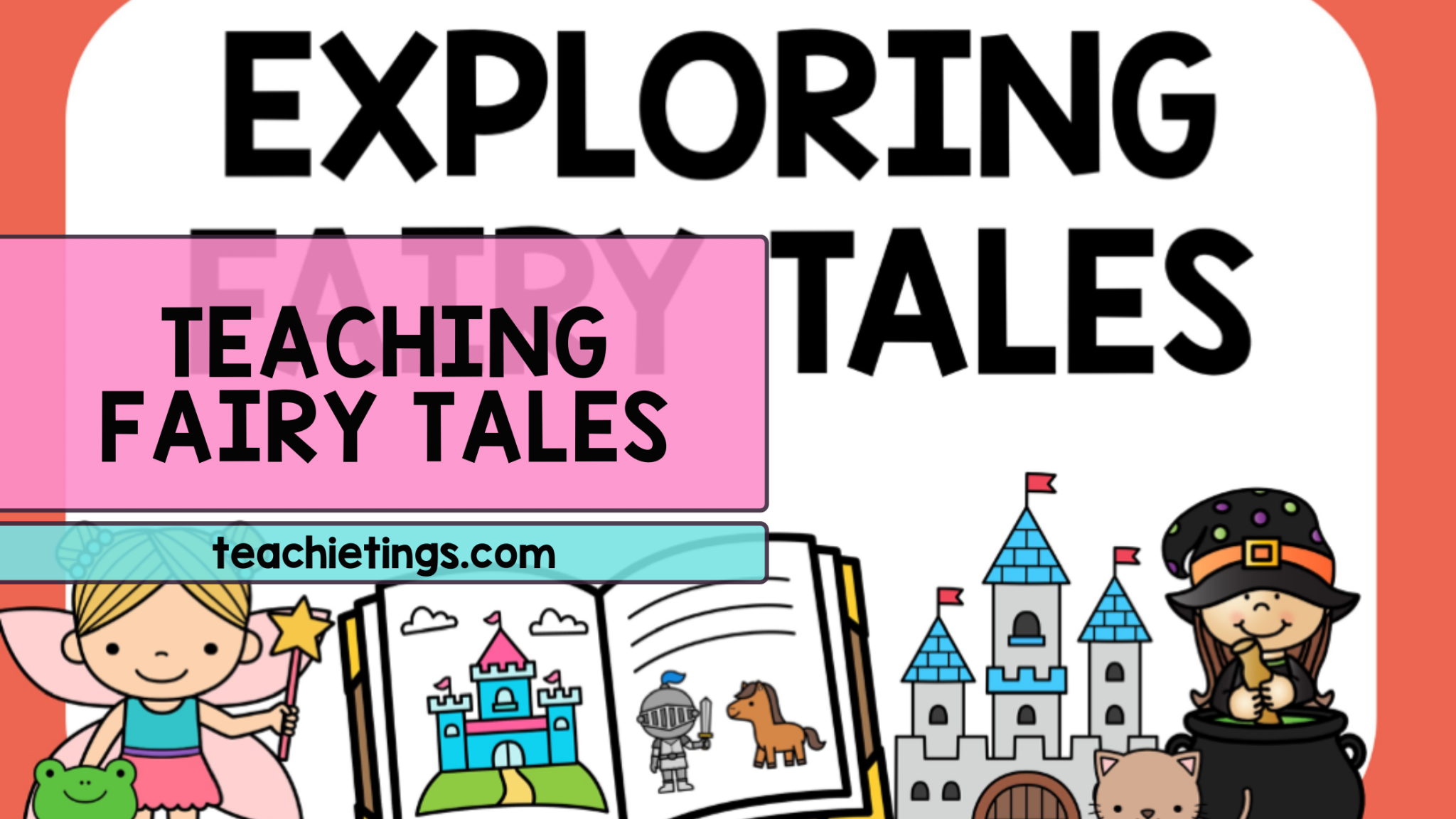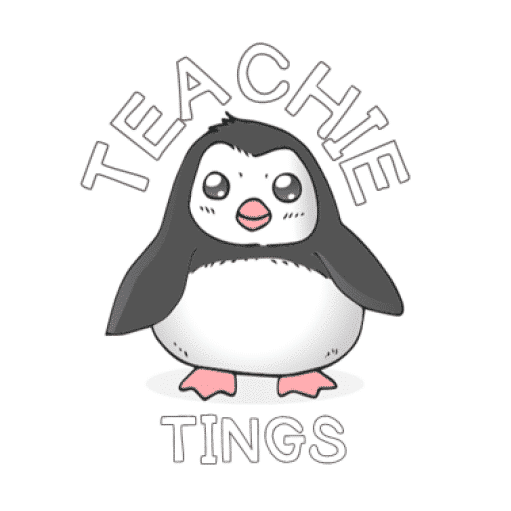
Are you venturing into the magical world of teaching fairy tales in your classroom? Teaching students the art of crafting magical narratives filled with whimsy and wonder? You’re in for a treat! Teaching fairy tales is hands down one of my favourite units! I’m thrilled to share the joy and creativity that come with unraveling […]
